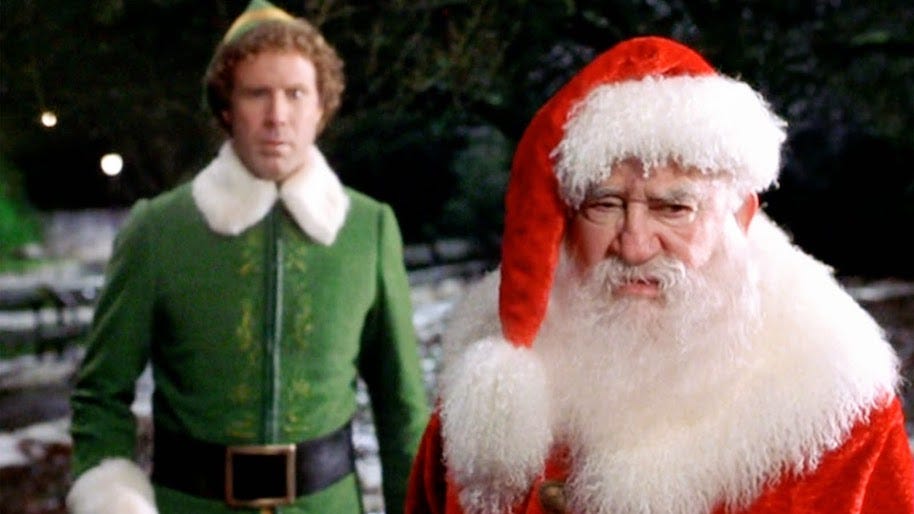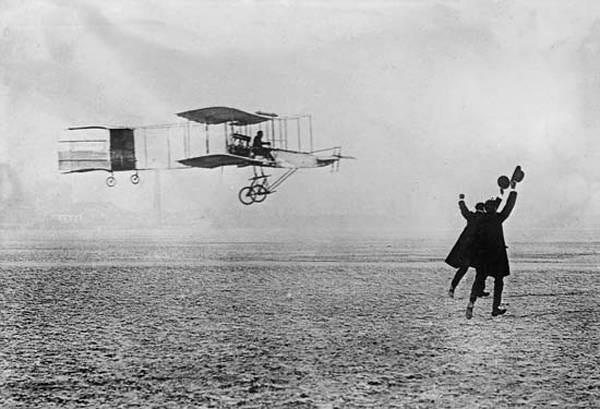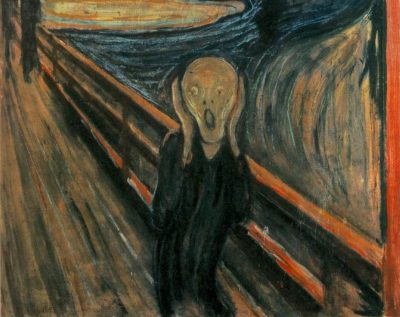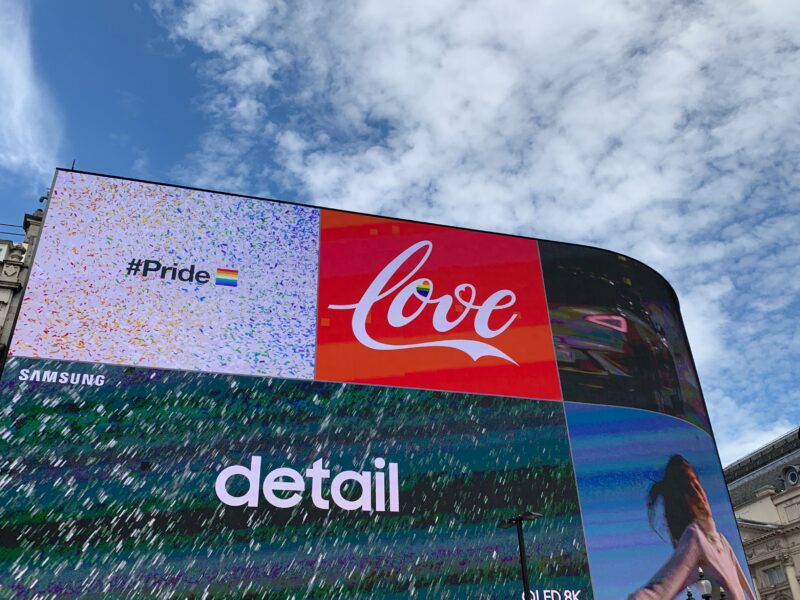You have to BELIEVE you can fly
While recent years has been one of much continued rhetoric about innovation, the likely greatest transformation has come from what we all believe. People have been asked to rethink their beliefs. And to not sit passively (like robots).Campaigns such as #metoo have denounced sexual assault and harassment worldwide. The marriage equality survey in Australia saw almost 13 million Australian adults (80% of eligible Australians) mail back whether they believe ‘yes’ or ‘no.’ #Metoo became the Time Person of the Year 2017, and celebrity predators have been falling like a house of cards.
Basic respect for people is now a growing conversation, and rights such as marriage equality and feeling safe against sexual assault and harassment have been clearly stated as the norm. The conversation will continue to evolve, but acceptable beliefs have been normalised and unacceptable behaviours clarified.
People behave how they behave, because they believe what they believe. Sometimes we are rational and other times far from it. However, much of how we behave comes from what we believe, with or without empirical evidence. Generally our beliefs are firmly entrenched in our youth. Yet, advertising and other interventions can shift belief conversation and norms if done well.
Our beliefs guide our actions, irrespective of whether they are based on truth or otherwise—guiding our level of trust, confidence, opinion and acceptance.
Some beliefs are quite binary—true or false—such as the sun comes up in the morning and down in the evening, day in and day out without fail. There is a predictable rhythm to live a life we just accept. Equally, over human existence, scientific and other breakthroughs have come from questioning beliefs and seeking to disprove hypothesis. Prior around 330BC the world was believed to be flat, yet evidence since proved otherwise.
Without disrupters seeking to disprove and shift old beliefs, we stagnate.
However, often valuable beliefs are lacking empirical evidence, and are more subjective opinion and acceptance. They come with little or no factual underpinning, but without them the world would be deficient.
There are 4,200 religions worldwide guiding the beliefs of followers. They provide faith based values on morality and ethics. While religions can get it wrong, by and large from our research religions more so provide a guiding beacon of a belief structure as to how to live a life of virtuosity—treating others as they would like treated, living a life of sacrifice and helping those in need. There seems to be increasing fear and unreasonable paranoia about the role religion plays in the lives of many.
In 2016 Australian Bureau of Statistics Census, 70% of Australian adults indicated they identified with a religion (down from 78% in 2011, partly due to a change in question formal—i.e. ‘no religion was listed first in 2016). Catholic remains the strongest religion in Australia (23% 2016, 25% 2011) then Anglican (13% 2016, 17% 2011). Religions noting small increases included Islam (2.2% > 2.6%); Hinduism (1.3% > 1.9%); and Sikhism (0.3% > 0.5%). With our increasingly culturally diverse world, faith based beliefs are here to stay well into the future.
“Australia is increasingly a story of religious diversity, with Hinduism, Sikhism, Islam, and Buddhism all increasingly common religious beliefs. Hinduism had the most significant growth between 2006 and 2016, driven by immigration from South Asia.” 2016 Census: Religion
And, think about the joy of children and their belief in Father Christmas, the Tooth Fairy and Easter Bunny. There is nothing more warming than a child’s excitement about Christmas. The blind faith and antics to ensure they get on the ‘good list.’
Children see the world differently. They believe without seeing.
“You made my sleigh fly. …
Well, before the turbine days, This baby used to run solely on Christmas spirit. You believed in me. You made my sleigh fly.
Christmas spirit is about believing, not seeing. If the whole world saw me, all would be lost. The paparazzi have been trying to nail me for years.” Santa, Elf 2003

Yet, somewhere as children grow, this trusting belief of the impossible starts to fade. As life becomes very serious and rational.
“The moment you doubt whether you can fly, you cease for ever to be able to do it.” Sir James Matthew Barrie, Peter Pan (More)
There is nothing more powerful than the belief of youth that they WILL change the world. This likely naivety is sometimes even seemingly crazy, but if harnessed well before reality hits, it is an amazing superpower. Yet, for many as adulthood reality hits, dreams start to die. For too many, as reality of romance, a mortgage, children and the perceived need to work diligently and politely climbing the career ladder, their dreams too often fade away.
“And you may find yourself
Living in a shotgun shack,
And you may find yourself,
In another part of the world,
And you may find yourself,
Behind the wheel of a large automobile,
And you may find yourself in a beautiful house,
With a beautiful wife,
And you may ask yourself, well,
How did I get here!?” Talking Heads, Once In A Lifetime
Adults stop believing in magic, wonder, the impossible and unproven. As being an adult is very serious. The pressure to innovate or die and to create the next Google, Apple or whatever seems to be increasingly normalised, yet in many ways thinking beyond the obvious is discouraged and when reality as to how hard fundamental change is hits, the belief can get lost.
Consumer confidence pins back to the belief in the competence or otherwise of the government and the economy. But from our research, primarily the confidence of people comes back to their sense of psychological safety at work and in their own life. If an individual believes they are financially secure and able to manage bills, they will feel confident, otherwise they will likely not.
Self-belief is the single biggest contributor to success. The belief of an entrepreneur or change agent that with the right steps, hard work and resilience they will achieve that goal. A strong set of beliefs is the critical ingredient to those with high levels of Grit. Lack of belief deflates motivation to try.
When belief of a worthwhile future declines, anxiety levels grow and when hope declines measures such as suicide rates can start to rise. Over the past decade, Australian suicide rates—Australia’s biggest killer of people aged 15–44, has increased 10% (Australian Bureau of Statistics, 3303.0 – Causes of Death, Australia, 2016). Does this indicate anxiety around the belief of a strong future for many Australians finding it tough to adjust to the new world?
The complexity in setting beliefs is that a successful life is unlikely to be isolated to just one person. More likely is a life shared with loved ones, family and others with sometimes similar but typically their own distinctive needs and beliefs. For example, while an individual may have a belief structure of adventure and willingness to accept high personal and financial risk, this may conflict with the beliefs, needs and responsibilities of raising a family or running a business.
Businesses set budgets, targets and actions based on the belief of what the future might be. Such projections are typically based on empirical evidence from historical data and the need to hit growth targets set by the Board. However, largely budgets are set against the uncertain belief in the future – optimistic or pessimistic. The challenge is that such businesses will likely not always meet budgets and other targets.
Strong beliefs create a powerful future vision. They create a long-term belief structure that can overcomes short-term failures. Helping to maintain resilience through the inevitable valleys and mountains.
Businesses do not launch, glide through inevitable turbulence and fly, without believing in an exciting future vision. Belief structures bond the team for the long game. A shared belief structure unites the team as to what is right and wrong, and what they are working towards.
There is a critical place for empirical evidence based beliefs and more subjective and even implausible beliefs. Ignorance comes from stupidly ignoring the evidence. Evidence avoids wasting dollars from blind faith that the advertising, sales and other strategies actually work. Evidence provides an evidence base, and using the knowledge base to guide, learn and evolve a business’ beliefs. Innovation requires more than blindly winging it. It typically comes from an evidence base, and using the knowledge base to guide, learn and evolve a business’ beliefs.
Yet, critically, the beliefs need to go beyond what is known with factual certainty. Maintaining a beginner’s mind and child-like imagination are where much of the transformation innovation will come from.
I hope you have had a most rewarding year, and please remember to follow your personal and professional beliefs, and do not forget to include a bit of magic, wonder, the impossible and unproven.
“If birds can glide for long periods of time, then… why can’t I?” Orville Wright, brother of Wilbur, aviation pioneers credited with inventing, building, and flying the world’s first successful airplane December 17, 1903 (114 years ago this Sunday)





